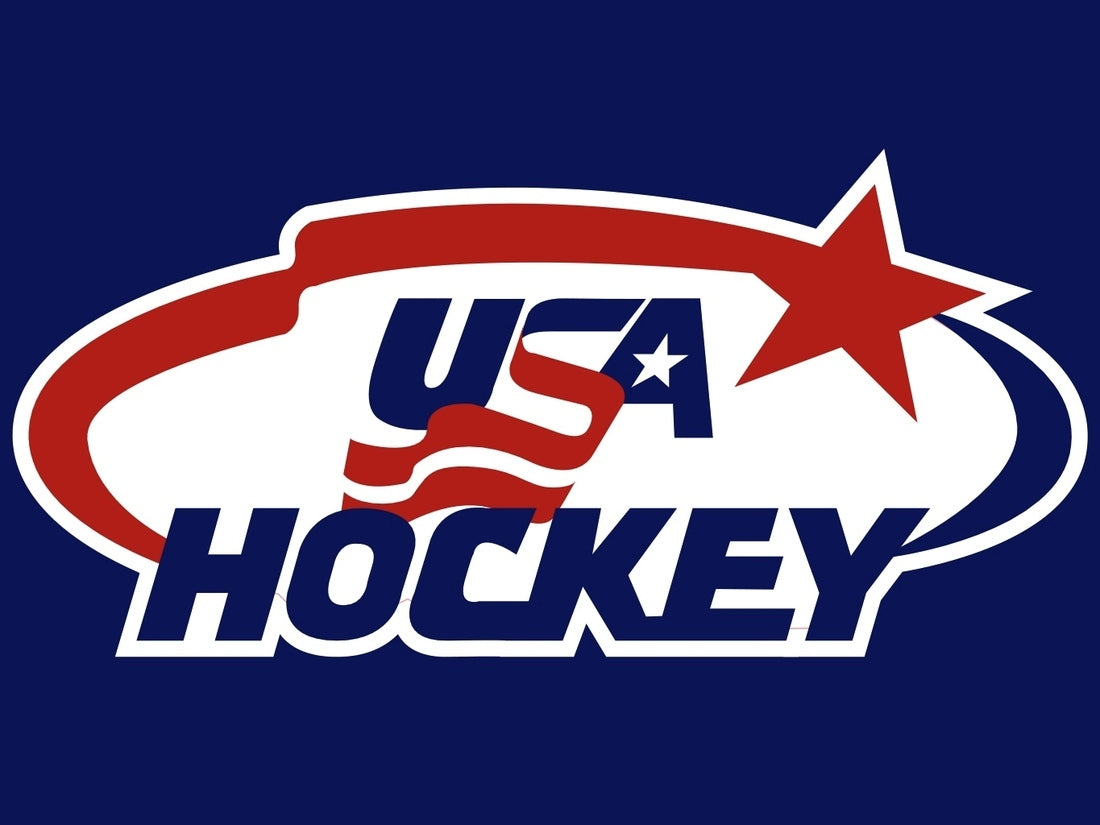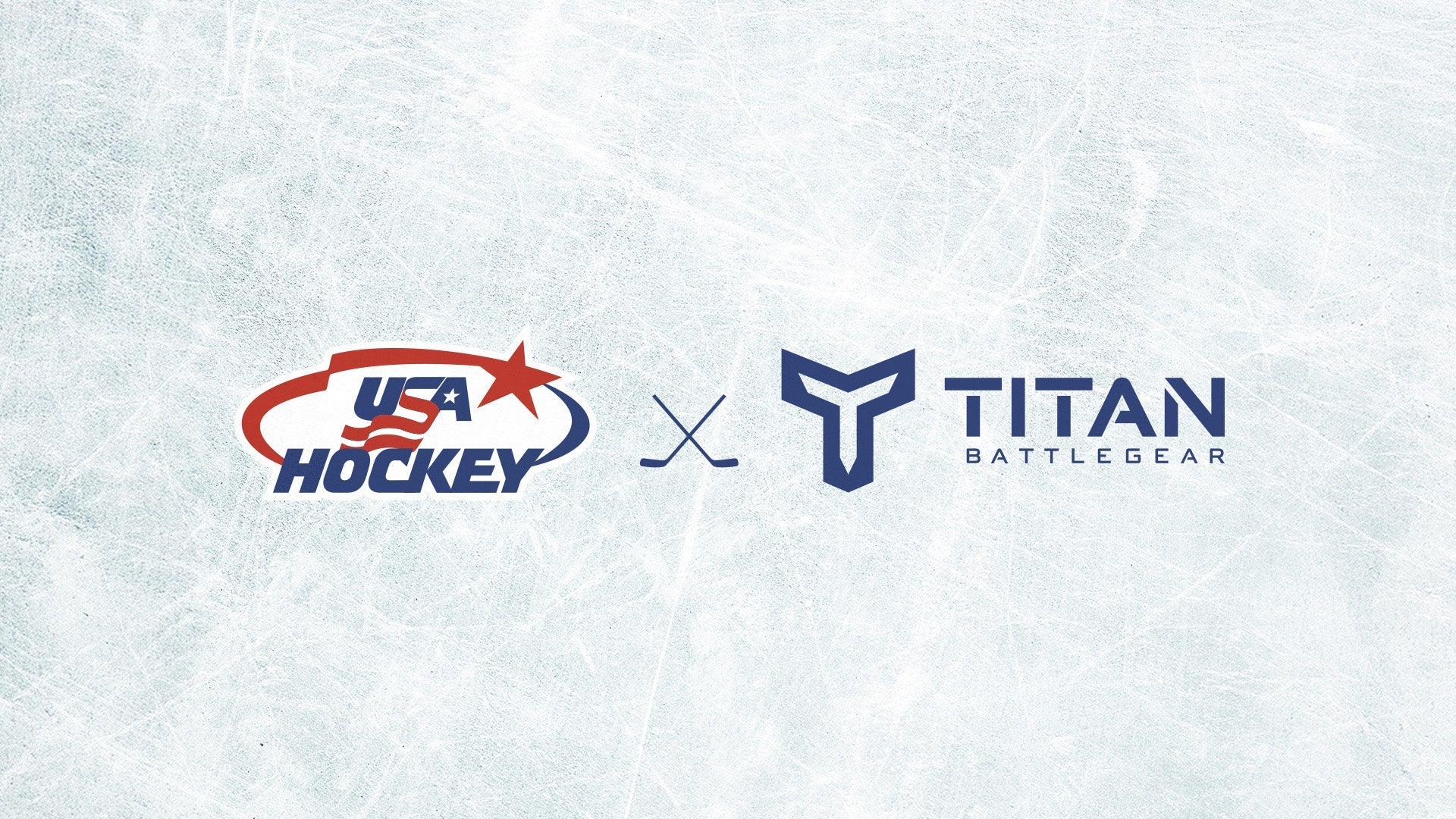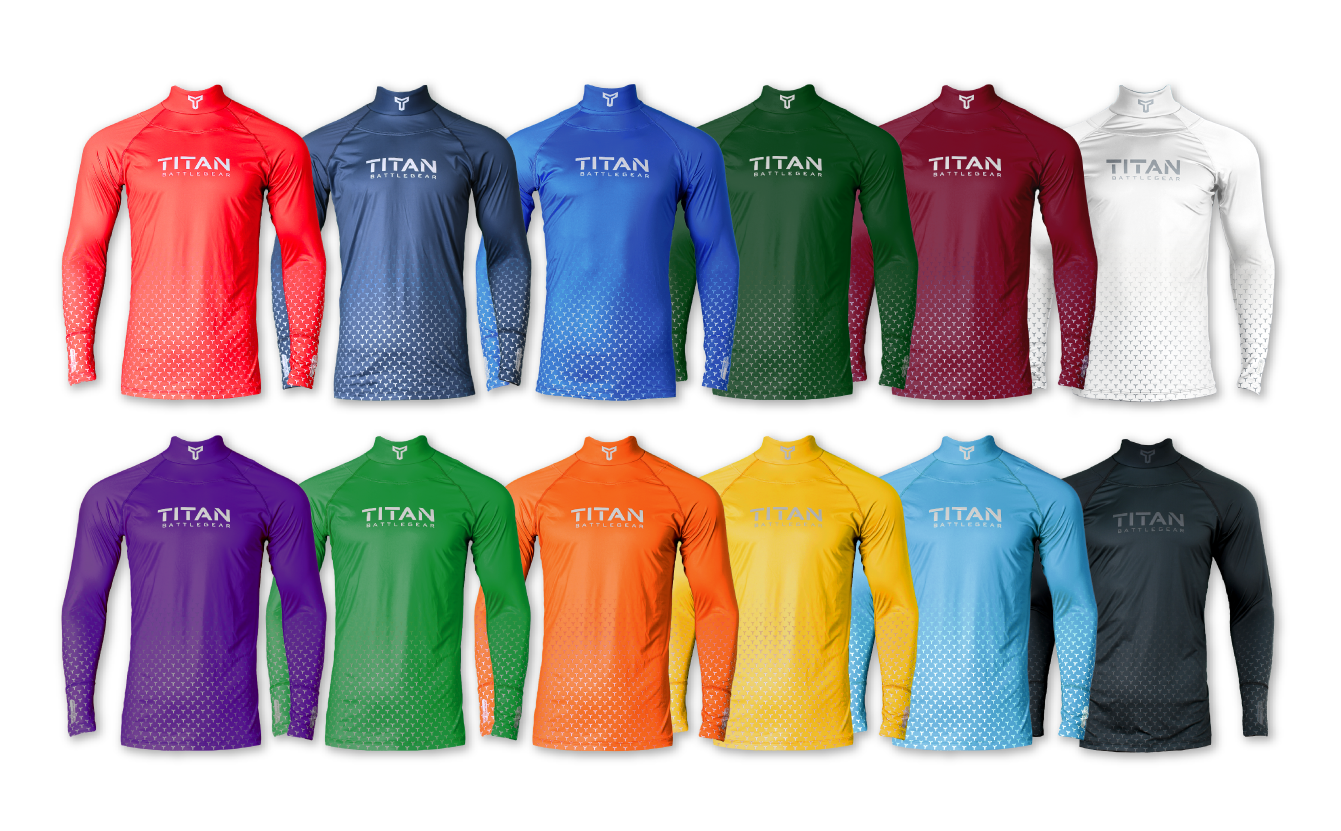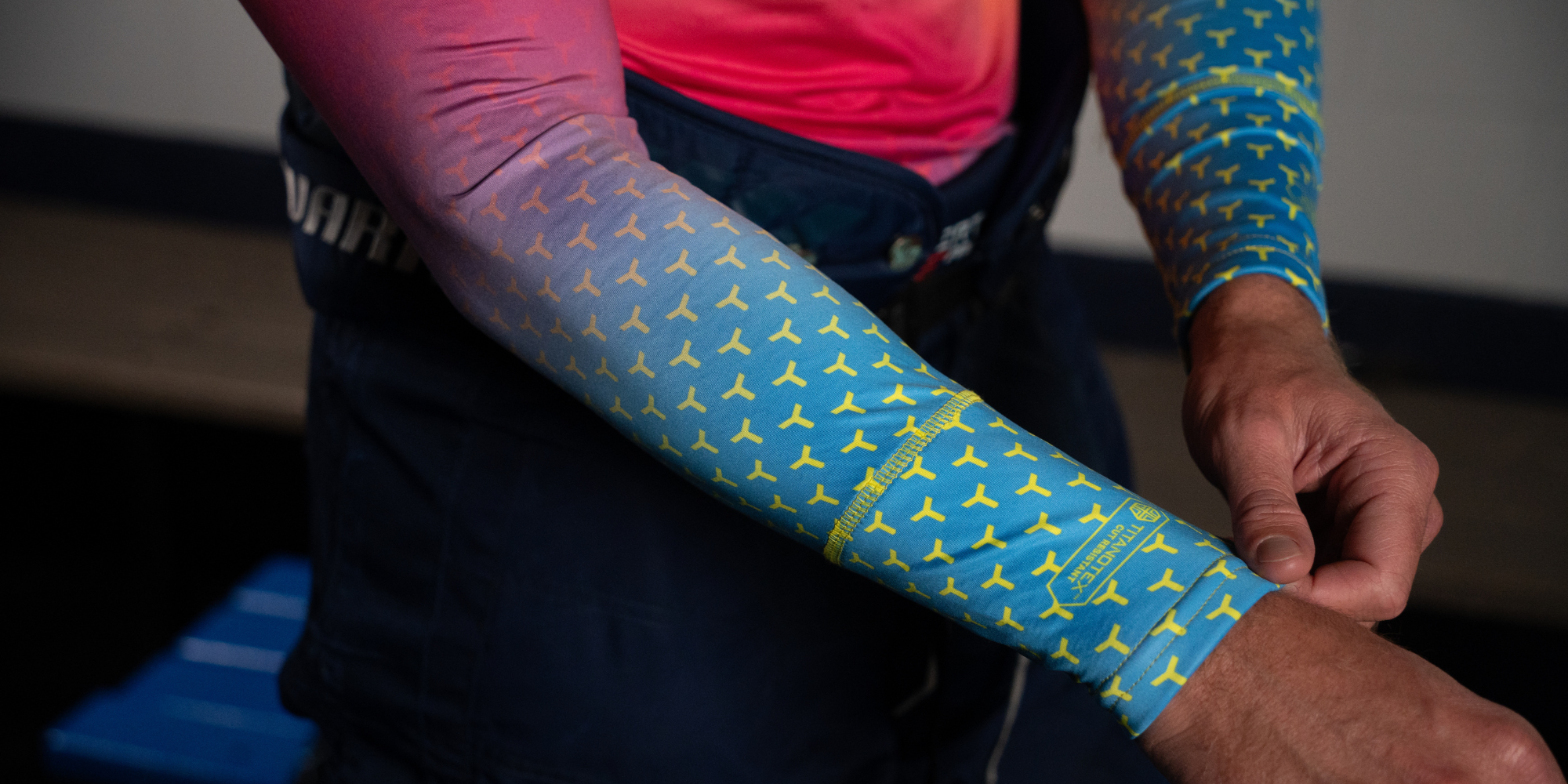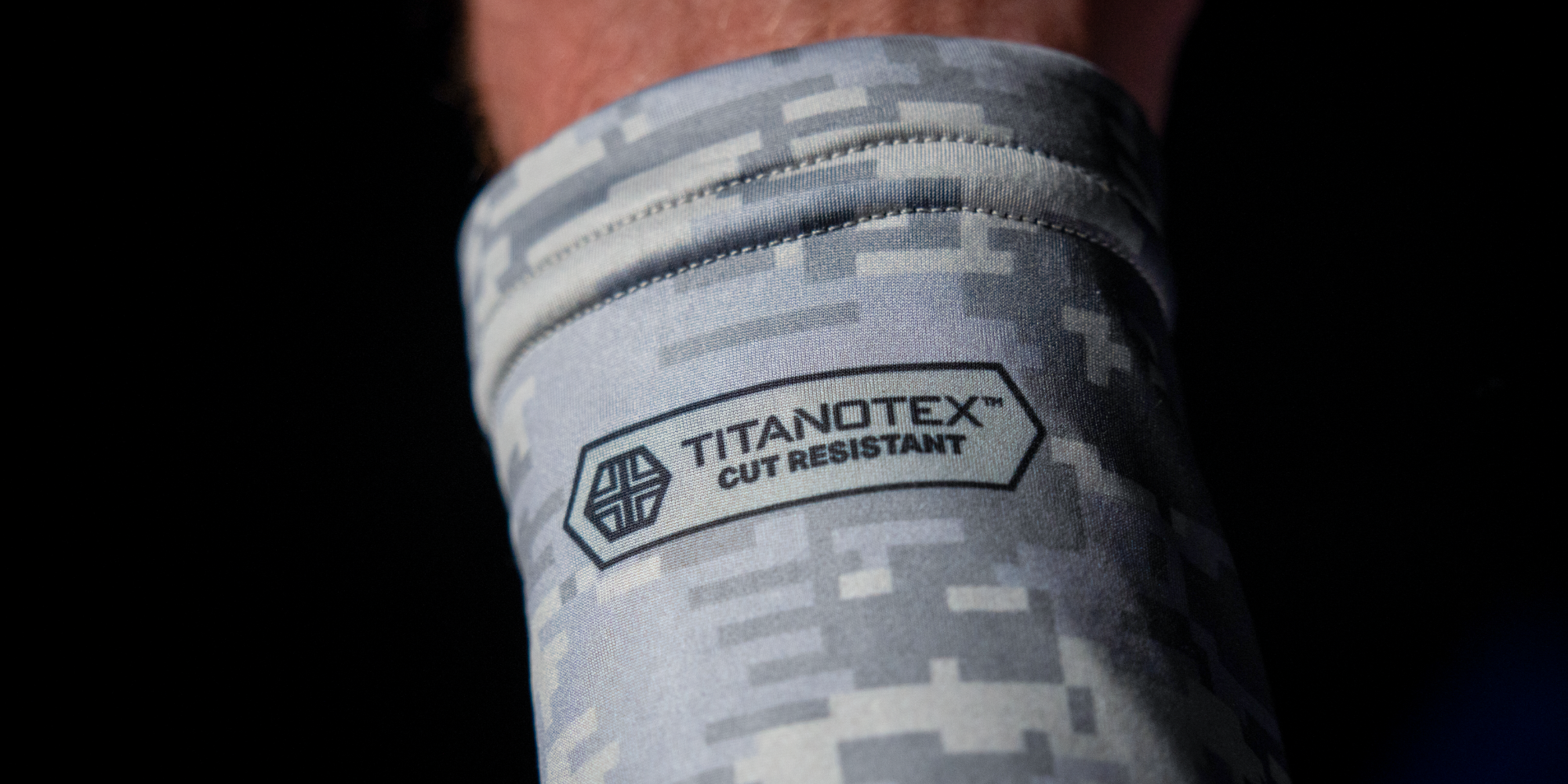Sunday, January 28, 2024
COLORADO SPRINGS, Colo. – The USA Hockey Congress today approved legislation requiring the use of neck laceration protection for players in all age classifications, other than adults, in games and practices, as well as for on-ice officials under the age of 18, effective August 1, 2024. For clarity, the requirement includes players in the youth, girls and junior age classifications.
USA Hockey has long recommended the use of neck laceration protection, as well as cut-resistant socks, sleeves or undergarments. The USA Hockey Board of Directors asked the organization’s Safety and Protective Equipment Committee in November 2023 to begin the process of recommending potential rule changes related to neck laceration protection.
“Safety is always at the forefront of our conversations and the action of our Congress today reflected that,” said Mike Trimboli, president of USA Hockey. “We appreciate the significant work done by our Safety and Protective Equipment Committee, led by Dr. Mike Stuart, and the many others who were instrumental in the overall evaluation process.”
“I know throughout our organization, the overwhelming opinion was that the time is appropriate to modify our rules related to neck laceration protection,” said Pat Kelleher, executive director of USA Hockey. “We’re also encouraged that the hockey industry is committed to continuing to work to improve the cut resistant products that protect players to help influence the safest possible landscape for the game.”
The legislation passed today also strongly recommends use of neck laceration protection by adult players.
Frequently Asked Questions
The USA Hockey Congress approved legislation at its Winter Meeting on Jan. 28, 2024, that will require use of neck laceration protection (sometimes referred to as neck guards) for players in all age classifications, other than adults, in games and practices -- as well as for on-ice officials under the age of 18 -- beginning August 1, 2024. For clarity, this includes youth, girls and junior age classifications. USA Hockey continues to strongly recommend the use of neck laceration protectors for adult players. Below are answers to some frequently asked questions.
When does the requirement for neck laceration protection go into effect?
USA Hockey will require the use of neck laceration protection on August 1, 2024, for players in all age classifications, except adults, in games and practices – as well as for on-ice officials under the age of 18.
What age levels is the requirement for?
Neck laceration protectors are required for players in all age classifications except adults. For clarity, this includes youth, girls and junior age classifications. Please see page 14 of the 2023-24 USA Hockey Annual Guide for the birth years associated with each age classification for the 2023-24 season. The requirement also includes on-ice officials under the age of 18.
Are neck guards required for players competing in USA Hockey’s six disabled hockey disciplines?
Neck laceration protectors are required for all six disabled hockey disciplines.
Where is the best place for me to buy a neck laceration protector?
Pure Hockey is USA Hockey’s exclusive hockey equipment retailer and is a good source for neck laceration protectors. Neck laceration protectors can also be found at other hockey retailers throughout the U.S.
What is the penalty for not wearing a neck laceration protector?
Rule enforcement will be the same as any other equipment violation: an initial team warning followed by a 10-minute misconduct penalty for any violations after the initial warning.
How can coaches and parents help with this new equipment requirement?
Coaches and parents will play an important role in helping make sure that players and officials are properly equipped before heading out to the ice for both practices and games, including wearing appropriate neck laceration protection that is not altered.
Why is USA Hockey now requiring neck laceration protectors?
USA Hockey has always been concerned about lacerations from a skate blade to all vulnerable areas including the neck and has recommended wearing a neck laceration protector that covers as much of the neck as possible along with cut resistant socks, sleeves, and undergarments.
The USA Hockey Safety and Protective Equipment Committee (SPEC), at the request of the USA Hockey Board of Directors, started looking at potential rule modifications related to neck laceration protection in November 2023 and ultimately the USA Hockey Congress passed new legislation related to neck laceration protection at its January 2024 Winter Meeting.
What is the best neck laceration protector to use? Does it matter what kind I buy?
Choose a neck laceration protector that covers as much of the exposed neck area as possible and is worn properly without alteration.
If my parent signs a waiver giving me permission not to wear neck laceration protection, can I play without it?
No.
Will a neck laceration protector prevent me from getting cut?
There is still risk of injury when wearing a neck laceration protector, as with other protective equipment. No one piece of equipment can 100% prevent an injury from happening, but we can reduce the risk of injury by wearing proper fitting equipment without altering it in any way.
Can I make my own neck guard?
Players are required to wear a neck laceration protector that is commercially designed and manufactured for that purpose.


